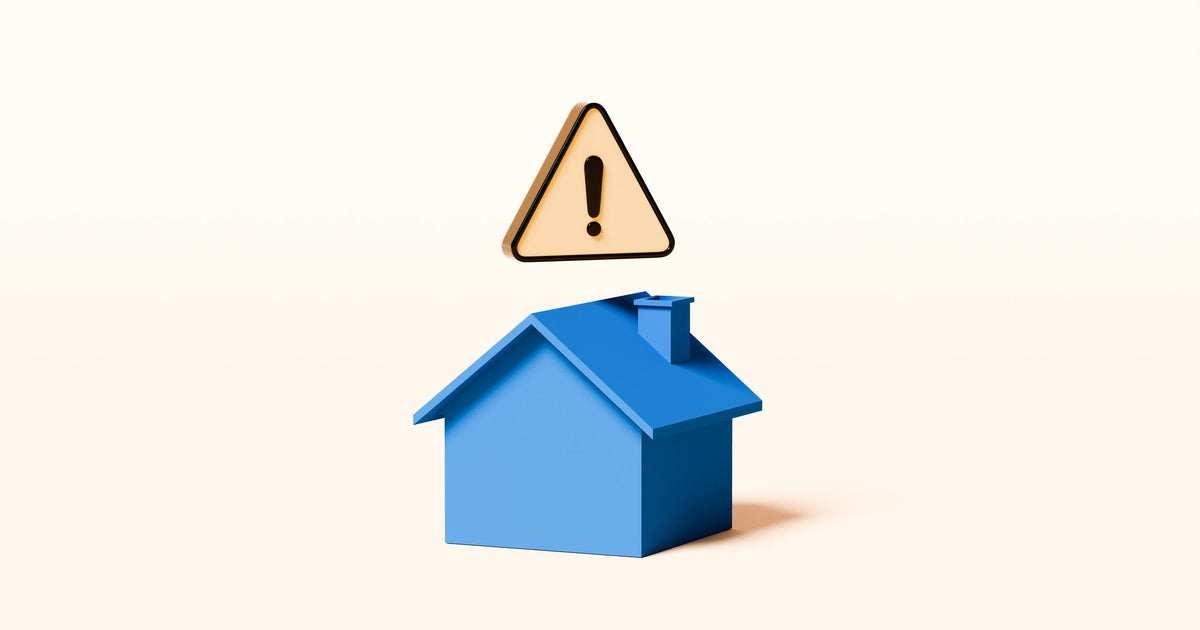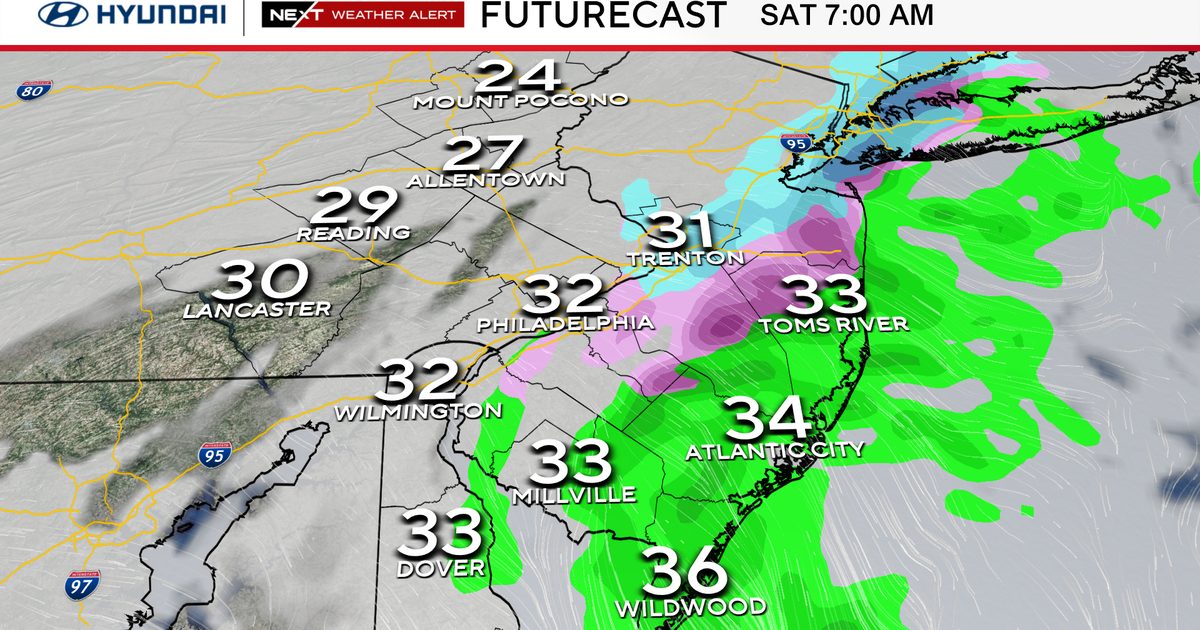Here's how much a $400,000 mortgage will cost after the Fed cuts rates
In today's housing market, few factors hold as much sway over potential homebuyers as mortgage rates. After all, mortgage rates are significantly higher than they were just a few years ago when buyers were able to obtain mortgages with rates of 3% or lower. As a result, buying a home now can be a costly proposition, especially when you factor in that high home prices and limited for-sale inventory are also pushing up the cost.
But mortgage rates have fallen in recent weeks, and the first Federal Reserve rate cut of the year is looming. While the initial rate cut is expected to be just 25 basis points, even a slightly lower mortgage rate could result in big savings on the cost of a mortgage loan. There are likely more Fed rate cuts on the horizon, too, which could mean that mortgage rates could drop even lower over time.
In turn, many prospective buyers are wondering whether it makes sense to act now or wait for lower rates to pan out. That answer depends on factors like your budget and optimal timeline, but it can help to know what today's costs are and what they could be after rates are cut. So, how much would the monthly mortgage payments be on a $400,000 loan at the current rates — and how much you could save if you waited for rates to drop?
Compare today's top mortgage loan rates here to find the right option for you.
Here's how much a $400,000 mortgage will cost after the Fed cuts rates
To understand the potential impact of rate cuts on a $400,000 mortgage, let's first examine the current landscape. As of September 13, 2024, the average 30-year fixed mortgage rate stands at 6.41%, while the 15-year fixed rate is 5.78%.
Using these figures as our baseline, here's what you can expect the monthly payments to be on a $400,000 mortgage, assuming a 20% down payment of $80,000:
- 30-year mortgage at 6.41%: $2,003.71 per month
- 15-year mortgage at 5.78%: $2,662.46 per month
These amounts represent principal and interest payments only. Homeowners should be aware that actual monthly costs will be higher when factoring in property taxes, homeowners insurance and private mortgage insurance (PMI) if the down payment is less than 20%.
Now, let's explore how these payments might change if the Federal Reserve implements rate cuts:
Scenario 1: A 0.25% Fed rate cut
If the Fed cuts rates by 25 basis points at its upcoming meeting and mortgage rates follow suit, the new monthly payments on a $400,000 mortgage loan could look like this:
- 30-year mortgage at 6.16%: $1,951.60 per month
- 15-year mortgage at 5.53%: $2,619.76 per month
In this scenario, borrowers could save approximately $52 per month on a 30-year mortgage or about $43 per month on a 15-year mortgage.
Scenario 2: A collective 0.50% Fed rate cut
If the Fed implements multiple rate cuts totaling half a percentage point over the coming months, and mortgage rates drop by the same amount, the potential savings become more substantial:
- 30-year mortgage at 5.91%: $1,900.08 per month
- 15-year mortgage at 5.28%: $2,577.46 per month
With a half-point reduction in rates, borrowers could see monthly savings of about $104 on a 30-year mortgage or about $85 on a 15-year mortgage compared to the monthly cost at current rates.
Over the life of the loan, the monthly savings can add up significantly. For example, saving $104 per month on a 30-year mortgage would result in total savings of over $37,000 over the full term of the loan. This illustrates the potential long-term impact of even small changes in interest rates.
It's important to note, though, that the calculations above assume mortgage rates will move in tandem with Fed rate cuts. In reality, the relationship between mortgage rates and the Fed rate is more complex, and other economic factors can also play a role.
Find out whether today's best mortgage loans are the right fit for your budget.
Why you may want to lock in a mortgage rate now
While the prospect of lower mortgage rates is enticing, you might want to consider locking in a rate sooner rather than later. Here's why:
- Market uncertainty: While rate cuts are expected, their timing and magnitude are not guaranteed. Not only are expected rate changes typically factored in before they occur, but economic conditions can change rapidly, potentially leading to unexpected rate increases.
- Home price trends: As rates decrease, demand for homes often increases, which can drive up property prices. In turn, the money saved on interest might be offset by having to pay a higher purchase price if you wait.
- Opportunity cost: Every month spent waiting for lower rates is a month of paying rent instead of building equity in a home. This lost opportunity for wealth accumulation should be factored into your decision.
- Competitive advantage: In a market with limited inventory, having a rate locked in can make your offer more attractive to sellers, potentially giving you an edge over other buyers.
- Historical context: While current rates may seem high compared to recent years, they are still relatively low from a historical perspective.
- Refinancing option: If rates do drop significantly in the future, you still have the option to refinance your mortgage, potentially benefiting from both current opportunities and future rate decreases.
The bottom line
While the upcoming Fed rate cuts could lead to savings on a $400,000 mortgage, the benefits must be weighed against the risks and opportunities of acting sooner. If a lower rate could mean the difference between affording a home and being priced out, it could make sense to wait for rates to fall before buying a home. But if you're worried about the potential for more buyers to enter the market, driving home prices and competition up, you may want to lock in your rate now instead.








